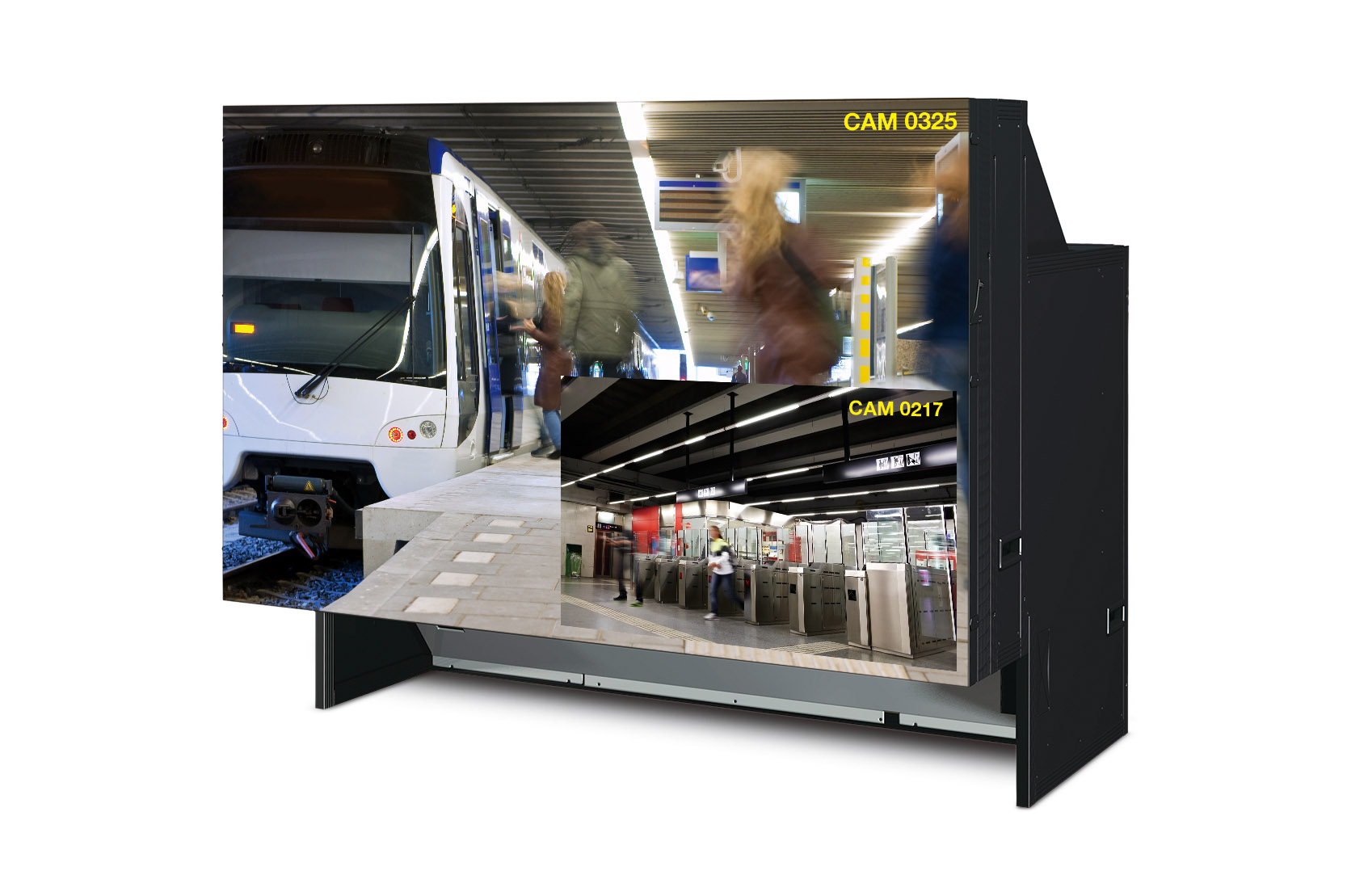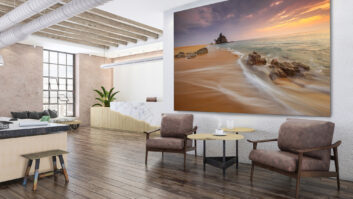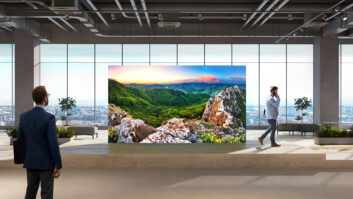
A new range of control room displays from Mitsubishi has been designed to bridge the gap between high-specification DLP cubes and tiled LCD displays.
High-end command and control applications have traditionally relied on DLP cube displays due to their seamless nature and their ability to function 24/7 without degradation. In many applications, such as transportation, telecoms and SCADA, that rely heavily on static graphics, the ability to operate continuously and the precise alignment of displays with no visible gaps are essential. In such cases, despite the cost, DLP is the only practical solution.
Other applications such as traffic monitoring or CCTV are less demanding, and lower-cost tiled LCD displays are increasingly popular. However, the visible bezel between individual displays and difficulty in displaying static graphics for long periods makes LCD less-than ideal in many cases. Until now, the significant price step between LCD and DLP has polarised the market. However, Mitsubishi believes that the launch of its 120 Series cubes at ISE 2015 will offer a new alternative for medium specification command and control applications.
The new 120 Series DLP cubes are based around Mitsubishi Electric’s air-cooled LED projection technology and use the same basic design as its high-end Seventy Series cubes. The 60- and 70-inch Full HD displays are designed for true 24 hour, 365 day operation, and include proprietary digital graduation and colour space control technologies. Both are available as rear access and front access models. The LED light source has an average lifespan of up to 100,000 hours, and requires minimal maintenance. The screen-to-screen gap can be as low as 0.2mm and should offer improved display quality compared to LCD, particulalry as static graphics can be displayed 24/7 without concerns about image sticking. Features include: up to 760 cd/m² brightness, 1500:1 contrast ratio, DVI inputs and OPS slots.
Stand: 2-A24, 2-A25, 2-A36







